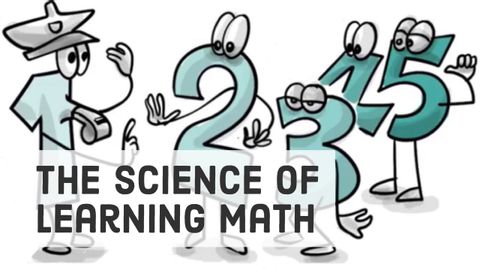科學認識學習數學的10件事 (10 Things Science Knows About Learning Math)
 沒有此條件下的單字
沒有此條件下的單字US /ˈstrʌɡəl/
・
UK /'strʌɡl/
- v.t./i.奮鬥;掙扎;打鬥;搏鬥
- n. (c./u.)掙扎;掙扎;奮鬥;難題
US /fɪˈnɑməˌnɑn, -nən/
・
UK /fə'nɒmɪnən/
US /ˈprɛznt/
・
UK /'preznt/
- adj.出席;在場的;目前的
- n.正在進行的;現在時態;目前的;禮物
- v.t.介紹;主持;介紹;展現;贈送
- v.i.出現
